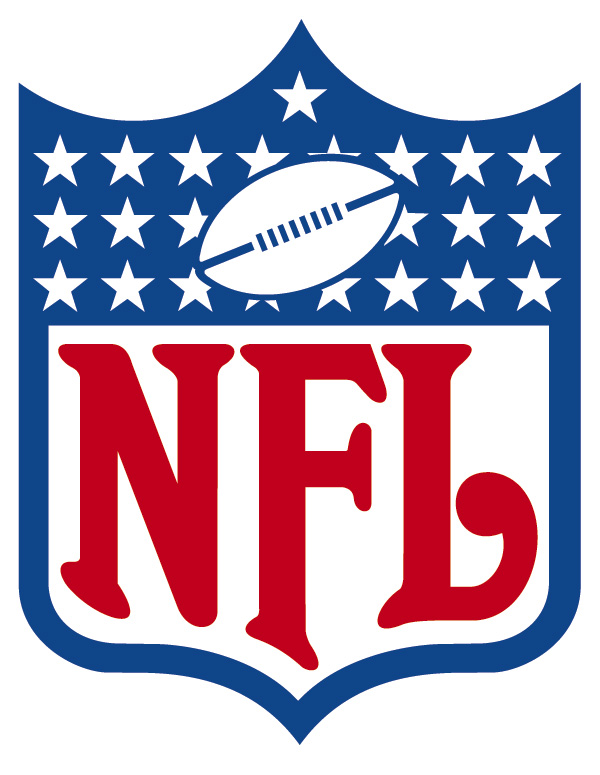Last week, between the league’s 16 games played, the combined 32 teams collectively missed nine extra point attempts, bringing the NFL season total of misses extra point attempts up to 57 through the first 13 weeks.
During the 2014 NFL season, there were only eight missed extra point attempts for the entire year as the league collectively made their tries at a rate of 99.3 percent. That is a full five and a half percentage points more accurate than the league has been this year.
As a matter of fact, the NFL’s 93.8 percent success rate of field goal attempts represents a 36-year low. You would have to go all the way back to 1979, the year the Pittsburgh Steelers won their fourth Super Bowl title in six seasons, to find the last time the league collectively posted an accuracy rate of less than this year’s.
Back then, in the 28-team league, the NFL collective made 991 of 1085 field goal attempts, resulting in 91 misses, for a success rate of just 91.3 percent. Even the strike-shortened 1982 season with replacement players resulted in an end of year success rate of 94.9 percent.
In fact, the 1980 season is the tipping point at which accuracy steadily increased for the next three and a half decades until we culminated in success rates in excess of 99 percent for much of the past 15 years.
There were no major rules changes at this time that would correspond to the uptick in performance in this category. In 1976, the league moved the goal posts back from inside the end zone to where they now are, which would only have made extra points more difficult, so perhaps it took a period of a few years for place kickers to adjust to that.
If you go a few years further back, however, you find that kickers were actually making extra points at a very high success rate more similar to modern times, typically in the 97th and 98th percentile for the season.
There was no corresponding rule change that this time to explain the sudden drop off that existed from the mid- to late-70s aside from moving back the goal posts, but that trend began before that rule took place.
Place kickers had to work their way back up the ladder to the 97th-98th percentile that that occupied during the 60s to early 70s, which saw a gradual uptick through the decades as the quality of place kickers improved with the increased specialization of the position.
It’s notable that there is not a necessary correlation to performance on field goals, either. In 1960, the league averaged a 56 percent success rate on field goals. In 1970, it was 59.4. By 1975, when the extra point took a nose dive, kickers made 64.2 percent of their field goals, which was higher than the rate in 1980 when extra point accuracy began to climb again.
Both have been on a steady trajectory since then. This year, field goal kickers are averaging makes on 84.8 percent of their attempts, which is no outlier. Maybe next the league will want to increase the difficulty of field goals somehow.








